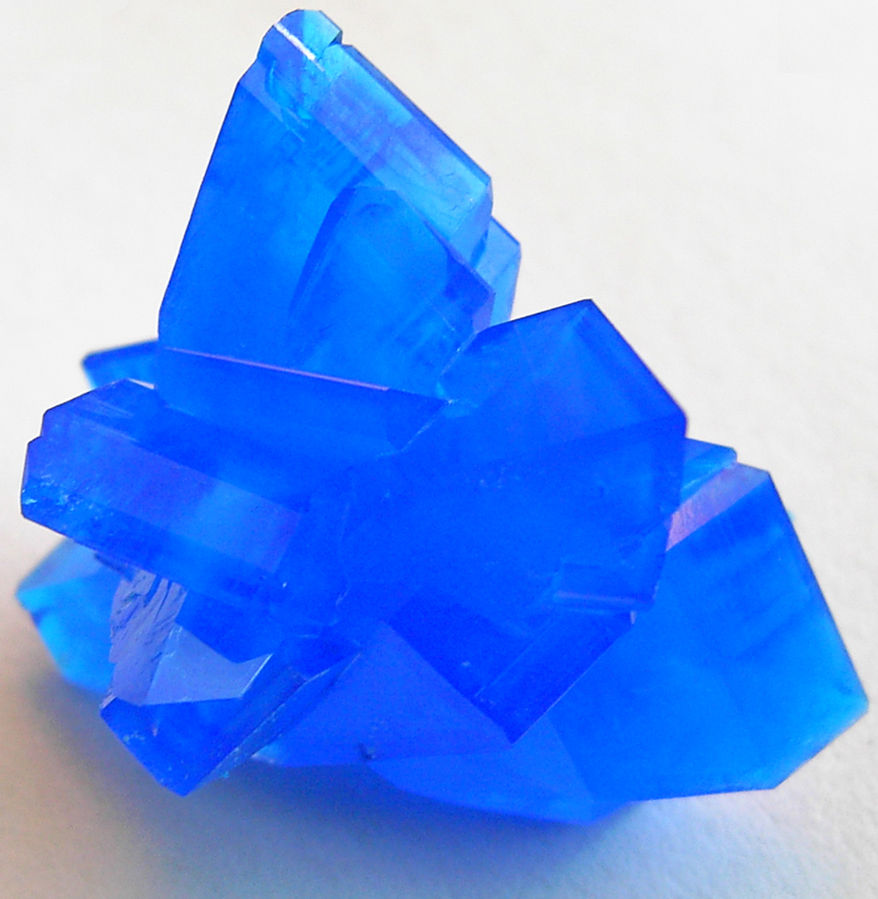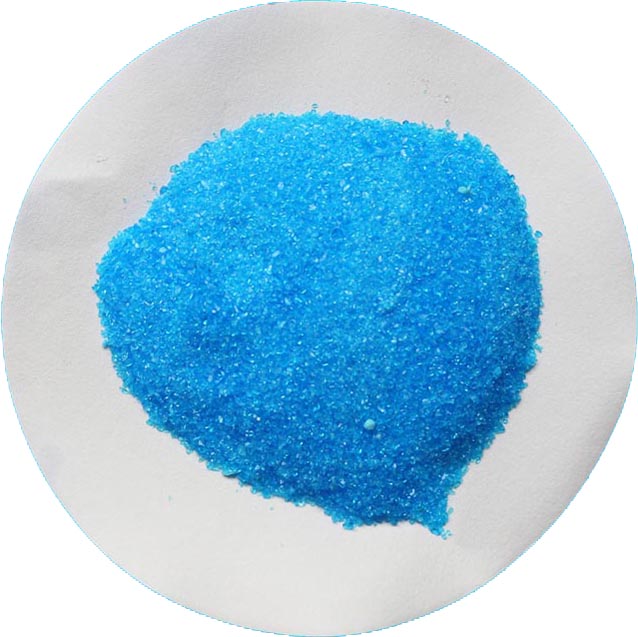Copper(II) Sulfate, also known as cupric sulfate, or copper sulphate, is the inorganic compound with the chemical formula CuSO4(H2O)x, where x can range from 0 to 5. The pentahydrate (x = 5) is the most common form. Older names for this compound include "blue vitriol", "bluestone", "vitriol of copper", and "Roman vitriol".
Analytical reagent
Copper Sulfate Copper Sulfate,Copper Sulfate Pentahydrate,CuSO4.5H2O, Jiangsu Kolod Food Ingredients Co., Ltd. , https://www.kolodchem.com
/*728*90 created on 2018/5/16*/ var cpro_id = "u3440131"; Home>Bearing knowledge>How to adjust the clearance by manipulating the preload of the painful bearing How to adjust the clearance by manipulating the preload of the painful bearing
Bearings in the process of the device to control the preload amount are mainly angular touch ball bearings, painful bearings, tapered roller bearings, tapered double row cylindrical rollers, etc.; in the final period of these types of bearing devices; To adjust the clearance; that is, to control the preload (load); especially for the shaft of the machine, which has strict requirements on the rotation accuracy, noise and temperature rise; not only the pre-tightening amount (load) adjustment clearance in the initial device And also need to adjust in the application. Pre-tightening control methods are more; the following are several ways to control the pre-tightening amount to adjust the clearance. /*250*250 was created on 2017/12/25*/ var cpro_id = 'u3171089';
(1), use the bearing end cover to pad; the end of the bearing will be tightened; the other end of the bearing will not be placed in the gasket; tighten the screw; when the shaft can not be freely changed; clarify that there is no play in the shaft system; Measure the gap between the end cover and the end face of the bearing seat; add the required clearance value to the value of the spacer (2), select the middle distance sleeve; the length of the inner ring spacer can be the length of the outer ring of the bearing and the support scale Calculated; can also be measured to determine the pre-tightening load of the pain bearing is more difficult; a small amount of special instrument detection; most use the dial gauge to measure the axial direction of the shaft; radial displacement or measurement of the starting conflict torque to detect Some foreign bearing companies have always been at the optimum value for preloading load; special instruments and some layouts are used to detect and adjust the preloading load; the preloading load can be controlled.
(3) Measuring the deformation amount of the pre-tightening spring; pre-measuring the relationship between the load and the deformation of the spring; adjusting the load of the constant pressure preload by controlling the deformation amount (4), measuring the starting conflict torque of the pain bearing; Measuring the contact friction torque of the bearing and the axial load; adjusting the pre-tightening amount by manipulating the starting conflict torque; axial preloading of the tapered roller bearing commonly used for paired devices (5), measuring the axial displacement of the bearing Regarding the taper hole bearing, the axial load and the axial displacement of the misaligned bearing are measured in advance; the preload amount is adjusted by the axial displacement amount (6), and the tightening torque of the nut is measured; when the bearing is preloaded with the nut Adjust the preload by tightening the tightening torque of the nut
Recommend to friends comments close window Bearing related knowledge The method of importing bearings with correct equipment is a detailed discussion on the “skills key analysis†of the extended service life of the tightening machine bearings.
Characteristics of single row tapered roller bearings
Analysis and solution of abnormal bearing of motor bearing in the inspection of NTN imported bearings
This article links to http://
Please indicate the bearing network http://
Previous:Features of Bearings for Ball Screw Supports Next:MM/MMV (Machine Bearings)
The Copper Sulfate Pentahydrate (CuSO4·5H2O), the most commonly encountered salt, is bright blue. It exothermically dissolves in water to give the aquo complex [Cu(H2O)6]2+, which has octahedral molecular geometry. The structure of the solid pentahydrate reveals a polymeric structure wherein copper is again octahedral but bound to four water ligands. The Cu(II)(H2O)4 centers are interconnected by sulfate anions to form chains. Anhydrous Copper Sulfate is a white powder.
Several chemical tests utilize copper sulfate. It is used in Fehling's solution and Benedict's solution to test for reducing sugars. It is also used in the Biuret reagent to test for proteins. Copper sulfate is used to test blood for anemia.
In a flame test, its copper ions emit a deep green light, a much deeper green than the flame test for barium.
Organic synthesis
Copper sulfate is employed in organic synthesis.
Feed and food additive
It can be used in food or feed additives. It corrects copper deficiencies in the soil and animals and stimulates farm animals' growth.
Copper sulfate is used as an anti-fungal agent to protect seeds against fungus and to protect horse hooves from infection. It inhibits growth of bacteria such as Escherichia coli.
Etching
Copper sulfate is used to etch zinc or copper plates for intaglio printmaking. It is also used to etch designs into copper for jewelry, such as for Champlevé.
Dyeing
Copper sulfate can be used as a mordant in vegetable dyeing. It often highlights the green tints of the specific dyes.


How to adjust the clearance by manipulating the preload of the painful bearing
Source: China Bearing Network Time: 2018-07-29